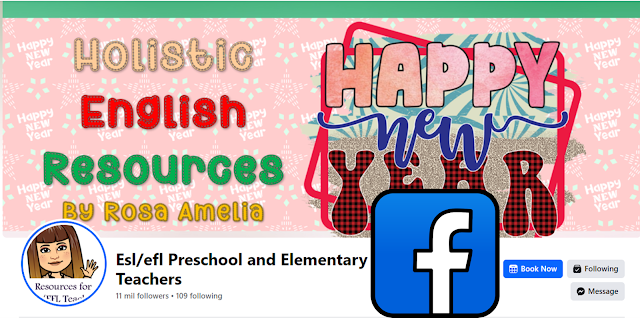This resource is part of the Food Unit for Elementary English Language Starters. LINK: https://www.teacherspayteachers.com/Product/Food-unit-for-Elementary-English-Language-Learners-Starters-11035412
Use the food and drinks unit flashcards as an aid for your visual learners. They provide a visual representation of the most common food items for this range of age and level of your students. The flashcards are to capture the attention of your students.They will associate the image and the word on each card. Perfect for visually oriented students to support the comprehension and memory of the new vocabulary.
Understand your learner and adapt the activities to your teaching style. Present the new food unit vocabulary using the nice illustrations.
Ask questions for countable nouns: What’s this?
Ask questions for uncountable nouns: What’s this?
Ask questions about preferences, after placing several flashcards
on the board: What would you like?
Student 2: I would like milk!
Or have the students
ask for food using the expression: Can I have soup, please?
Ask questions about people: What are Tima and Mia eating?
What is Nick cooking?
Students: Chicken!
What does Fred have?
Students: chicken and fries.
Ask students about their likes.
Student 1: I like bread and
orange juice.
Students 12: I like fries and lemonade.
What about food that they don’t like. Same thing, have
them pick up the food flashcards that will express their preference.
Student1: I don’t like donuts
and meat.
Student 2: I don’t like soup and
eggs.
Have the students select the food that
they would have for breakfast or lunch and place it under the word.
Play an easy game. Say the color of a food item and the students have to name it: white and yellow!
Students: egg!
Model some sentences with
positive and negative sentence using the flashcards:
Student 1: I have a sandwich.
Student 2: I don’t have a
sandwich. I have a hamburger.
Have the children
create a classroom menu using the flashcards. Tell them that as a class they
will put up a menu. Then, ask: What’s on the menu to eat?
Teacher: What’s on the menu to drink?
Student: milk, soda, lemonade, orange juice.
This is an idea to extend the lesson. Students can then make their own menu on their notebooks or paper, using the words they know or any other food items that they want to include. Then do a show and tell of all the menu.

Click here: www.eflpreschoolteachers.blogspot.com





















































